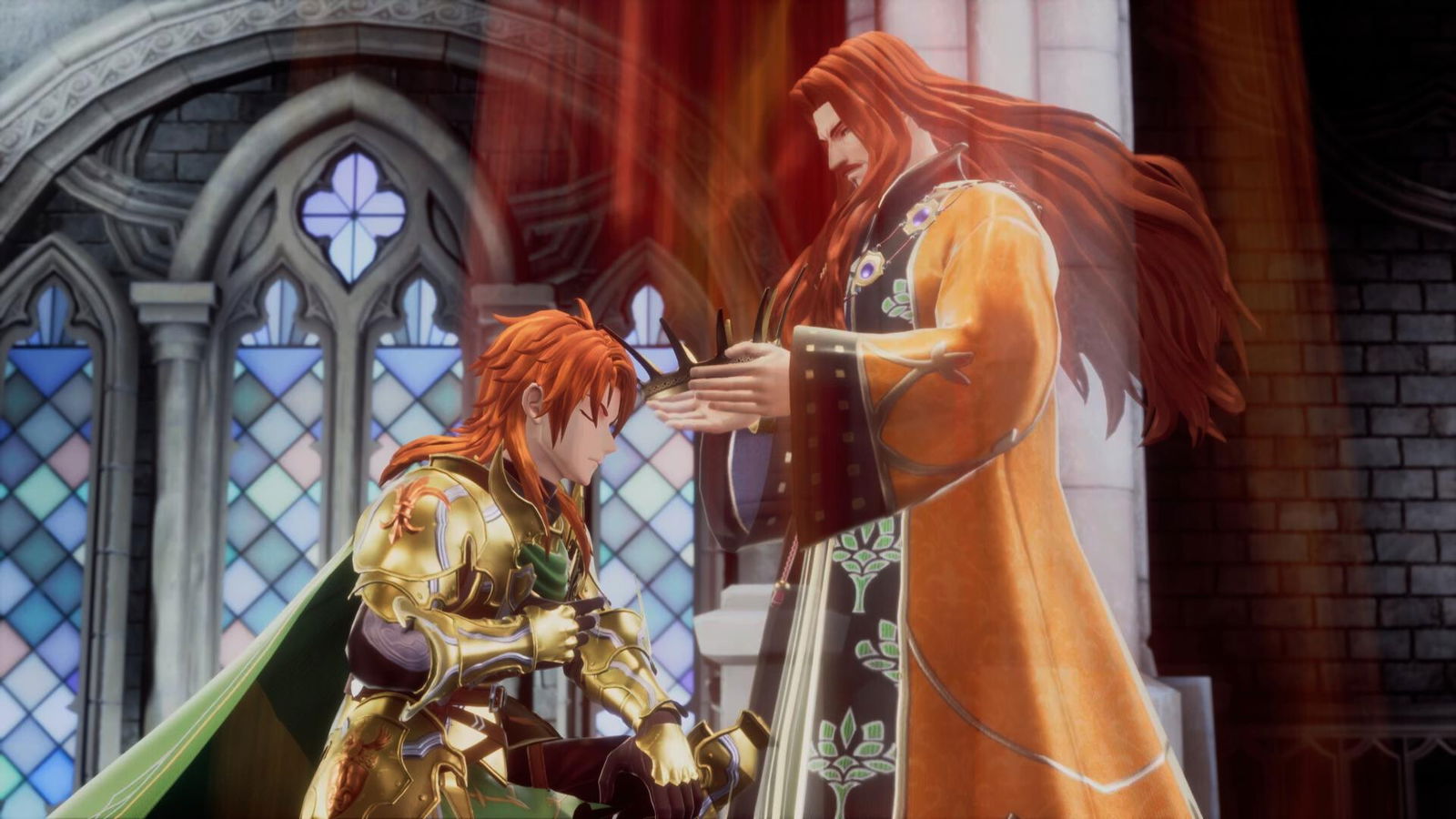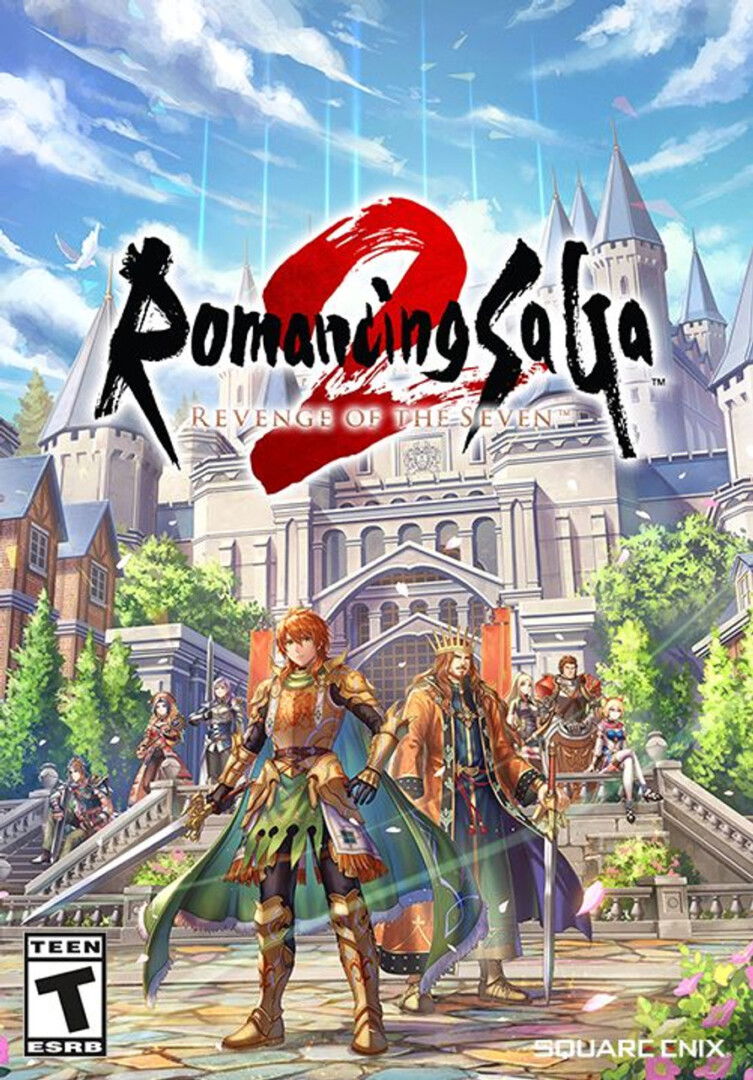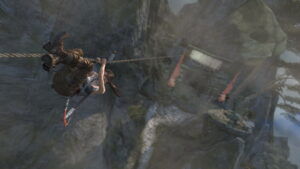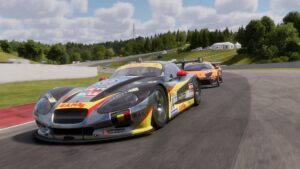As the second new imagination of the original game in a decade, Romancing SaGa 2: Revenge of the Seven almost seems like an act of atonement for not bestowing its source material upon English audiences back in the 90s. SaGa is a unique series, a spiritual offshoot of Final Fantasy II that began as Square’s attempt to get in on the Game Boy’s popularity. Western gamers got to experience the original handheld trilogy (called Final Fantasy Legend in English) and its PlayStation descendant, SaGa Frontier, but the middle installments were stuck on Super Famicom for many years.
Luckily for JRPG fans, this cornerstone of the genre is no longer lost to the appendices of history.
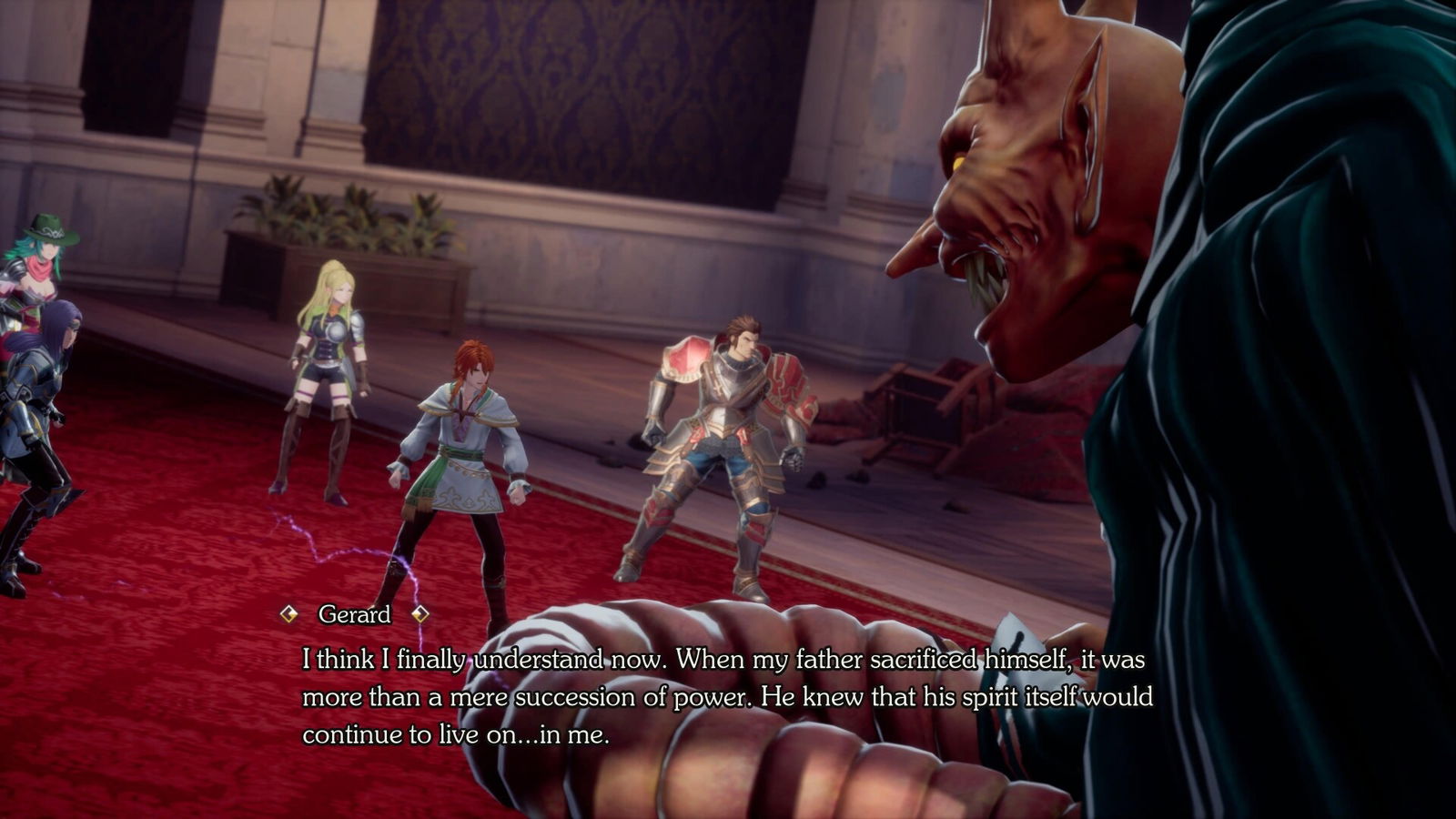
Romancing SaGa 2: Revenge of the Seven, not to be confused with the epithet-less 2D remaster that landed on Nintendo Switch and PlayStation 4 back in 2017, is a full 3D remake of the 1993 cult classic. True to just about any game overseen by SaGa creator Akitoshi Kawazu, it features a unique spin on character development that could either make or break the game for many players.
“Romancing SaGa 2: Revenge of the Seven is a sprawling, multigenerational tale of a nation opposing a timeless threat, and the concept of ‘inheritance’ is key to its gameplay.”
The game follows the Emperor or Empress of Avalon, a modest nation plagued by the monstrous shades of seven legendary heroes who once saved the world. (Guess Harvey Dent was right—you either die a hero or live long enough to become the villain.) Initially, the Emperor is Leon, a veteran soldier and upright ruler, who tries to show his weaker second son, Gerard, the ropes of monster-slaying and governance. When one of the Seven brings ruin upon their house, Gerard must take up the throne, but through a miracle of magic Leon is able to impart his knowledge and abilities upon his son.
Thus, the rule of Avalon and the lead of the party passes to a series of new heirs. Romancing SaGa 2: Revenge of the Seven is a sprawling, multigenerational tale of a nation opposing a timeless threat, and the concept of “inheritance” is key to its gameplay. After certain points in the story or the utter defeat of the party (or any point you choose to abdicate), one Emperor passes their experience onto the next, and the player carries on with a new generation of characters.
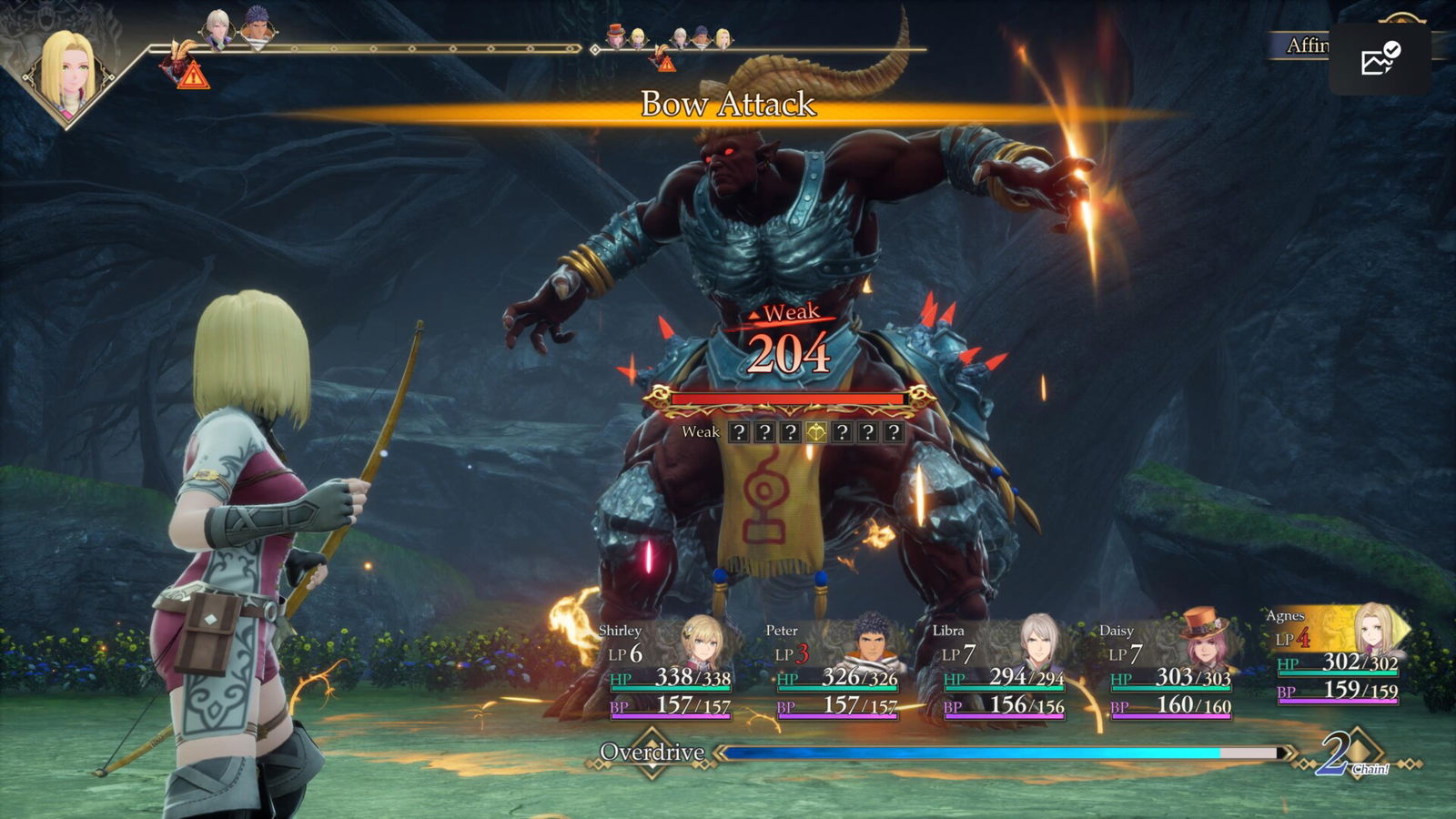
The other characters in the party hail from a wide selection of classes, most of which have gendered variants with different abilities; others are more specialized classes which must be unlocked through the completion of certain side quests. These classes also pass on their training to the next generation, so you’re not developing individual characters so much as the classes themselves.
Using a weapon or spell in battle increases the character’s affinity with that particular weapon or element (showing SaGa‘s lineage to Final Fantasy II); as their skill levels increase, so too does their chance to learn new techniques and spells. Success depends on having a wide selection of attack types at your disposal at all times so enemy weaknesses can be exploited.
“Though Romancing SaGa 2: Revenge of the Seven runs into bizarre generational juxtapositions in a few areas, it’s got a lot going for it.”
This all ties into Romancing SaGa 2‘s signature non-linear progression. The game is structured so that the player is able to chase the leads and quests they desire, with difficulty scaled to the number of battles fought. Choices made in dialogues and quest objectives determine quests’ immediate outcome, but in some cases, can also have an impact on later generations.
Inheritance is a powerful gameplay concept that will surely please min-maxers and anyone else who loves a mechanically dense RPG system, though it does come at the cost of story depth. After the initial scenario with Leon and Gerard’s struggle against the first of the Seven, Kzinssie, the story shifts dramatically. The world becomes your oyster… and character depth plateaus.
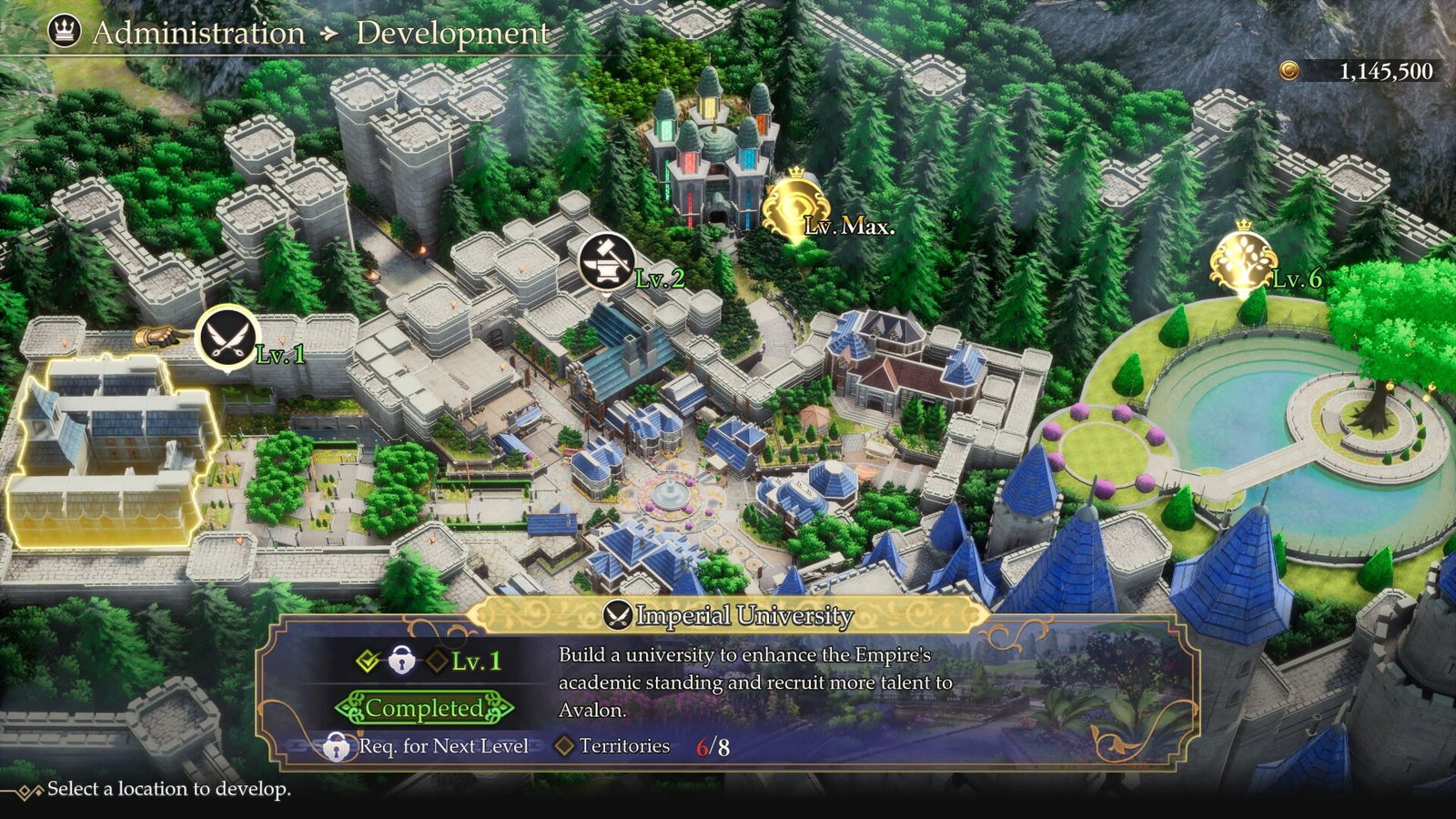
However, since cutscenes are fully voiced and virtually any character/class can be the Emperor in any scene after that point, Gerard clams right up just as we’re beginning to root for him. From that point on the Emperor becomes another voiceless avatar, “speaking” only in dialogue choices or in silent gestures like Link or a Pokémon trainer. There’s no shortage of quests in Romancing SaGa 2, and you’re relatively open to explore them as you wish, but I couldn’t help missing the personal connection; our focal character becomes less interesting as the game gets its modern facelift. It’s harder to disguise more cliché elements without an engaging protagonist at the head of your party.
(It doesn’t help that the new generations of the classes look like palette swaps as if everyone’s name is Guy Incognito.)
There’s also an awkwardness to the writing’s attempts at timelessness. Some NPCs basically tell you to come back when you’ve been reincarnated into a different form, like an Emperor with naval experience. Romancing SaGa 2 risks breaking the fourth wall when these NPCs simply stare at a problem for decades upon decades until the regent reincarnates into the class they need or when a family waits that long for their lost child to be found because a time skip was triggered.
Though Romancing SaGa 2: Revenge of the Seven runs into bizarre generational juxtapositions in a few areas, it’s got a lot going for it. The remastered graphics bring the 2D world to life while respecting the original aesthetic, the score absolutely shines in new arrangements, and other elements have been streamlined or modernized slightly. And, as if the game wasn’t long or unforgiving enough already, there are bonuses like the 2D remaster’s superbosses, higher difficulties, and a New Game+ mode.
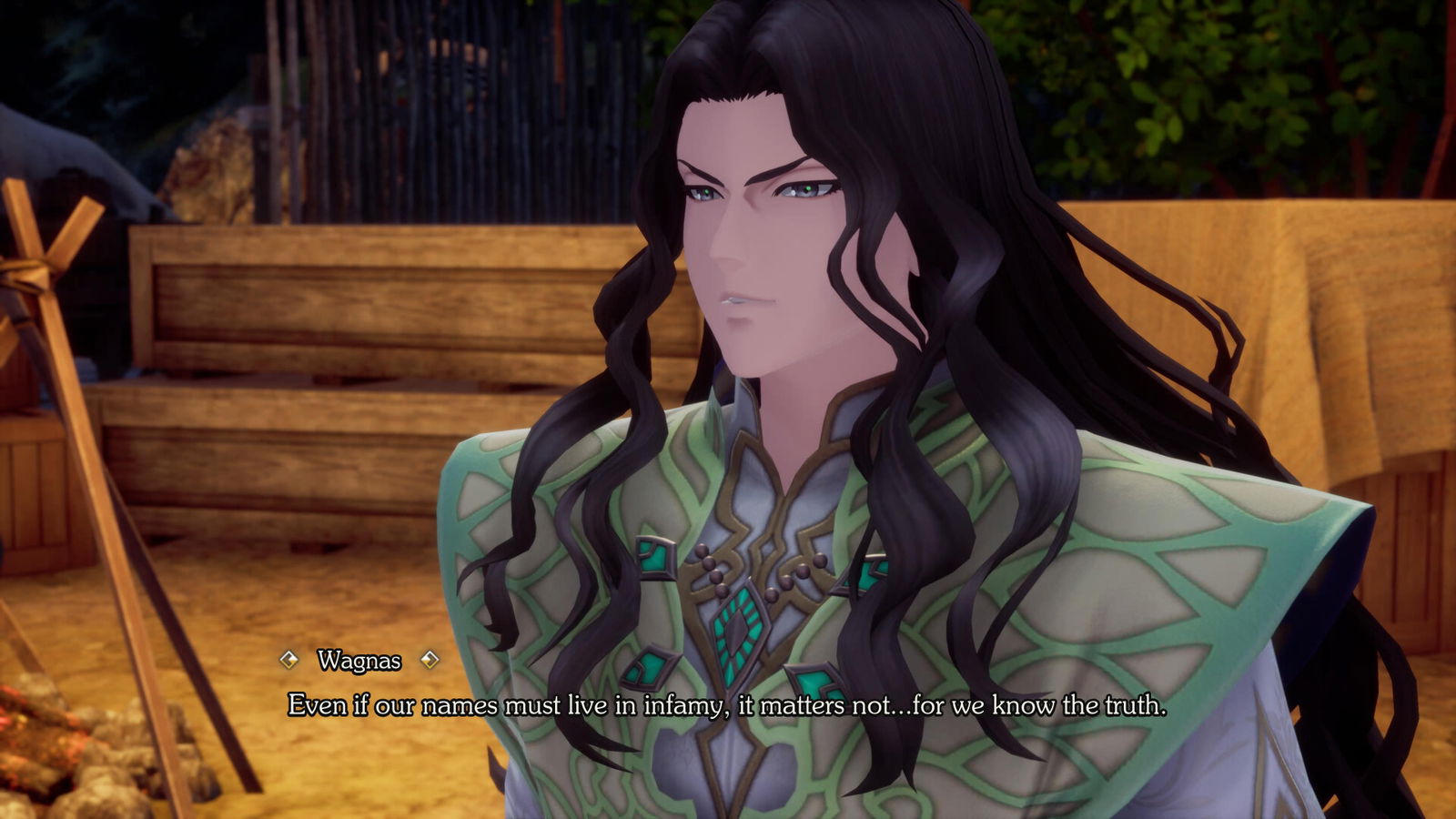
That being said, party management is still a little tedious, especially after a new Emperor is crowned. Upon starting each generation I ran into menu overload, between doubting the choices for my new retinue—torn between trying an entirely new combination or reusing the same classes—and properly equipping everyone with gear and skills on top of that. The kingdom management aspect is paltry by comparison but a nice touch, even if it mostly consists of throwing vast sums of gold at a new
As remakes go, I think there’s plenty here to appeal to existing fans of Romancing SaGa 2 and the wider series itself, from the updated gameplay and presentation to a series of brand-new scenes which show the Seven Heroes in their prime. If the other updates aren’t enough, Revenge of the Seven should be worth revisiting for this new context.
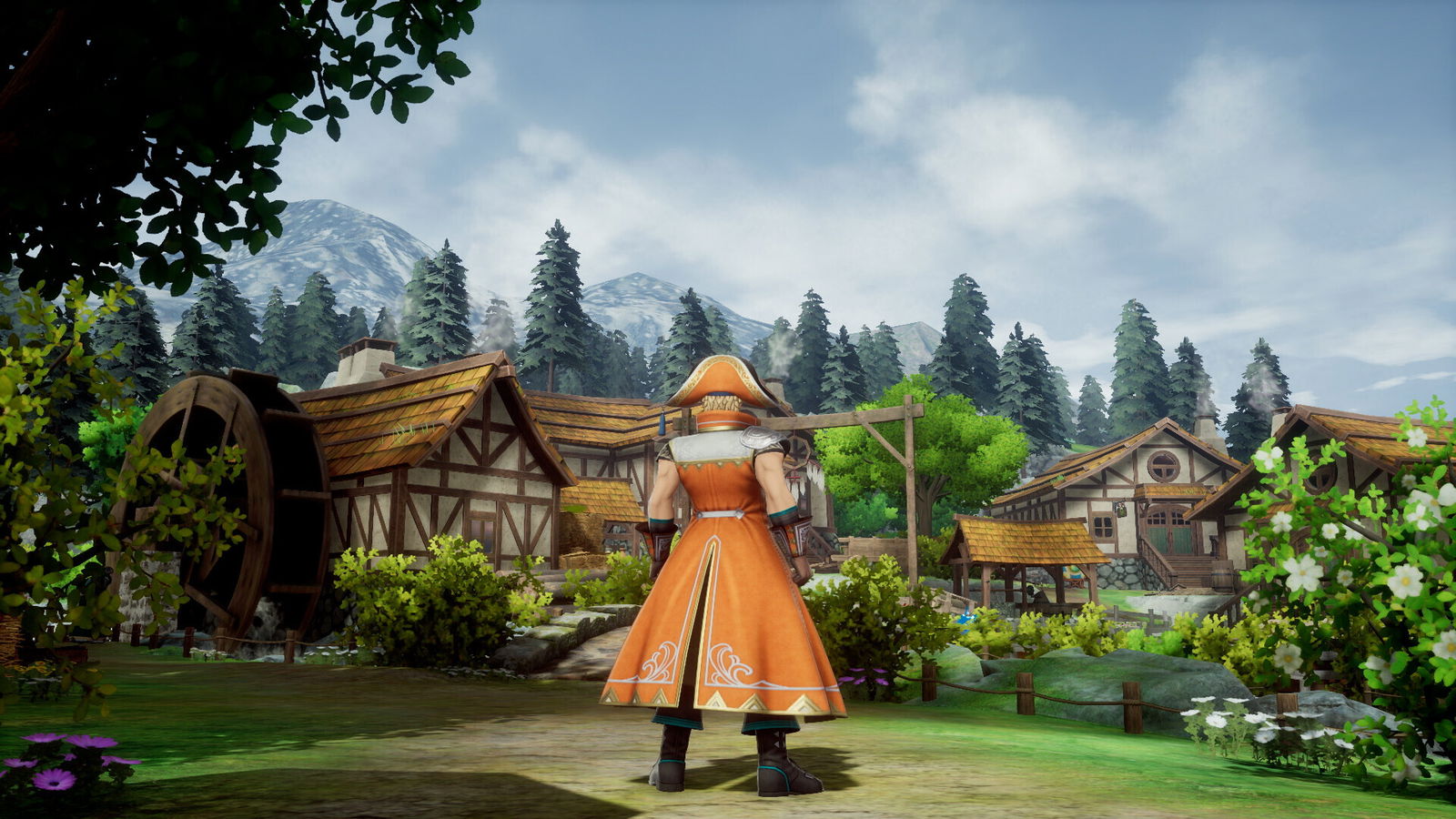
Romancing SaGa 2 is a whole lot of game, and the old-school RPG fan in me loves that (especially since it comes at a modest price tag). For better or worse, there’s still a Super Famicom-era RPG beneath the modern coat of paint. This means battles and dungeons can get a little grindy or samey, and the impetus to put up with that old-fashioned approach is somewhat sapped by losing the personal angle of the story. And with its relative free reign comes the chance to make mistakes and lock yourself out of certain events or paths.
If you have the appetite for such an experience, Romancing SaGa 2: Revenge of the Seven‘s epic scale will satisfy in spades. For those who weren’t into RPGs near the turn of the century, however, the modernization may not be enough. As a pivotal experiment by Kawazu, a creator who has pushed so hard to evolve this genre, it’s a history lesson, and history isn’t without its warts—but we can still learn from it, and Square Enix has done another outstanding job in attempting to make it palatable to modern tastes.
